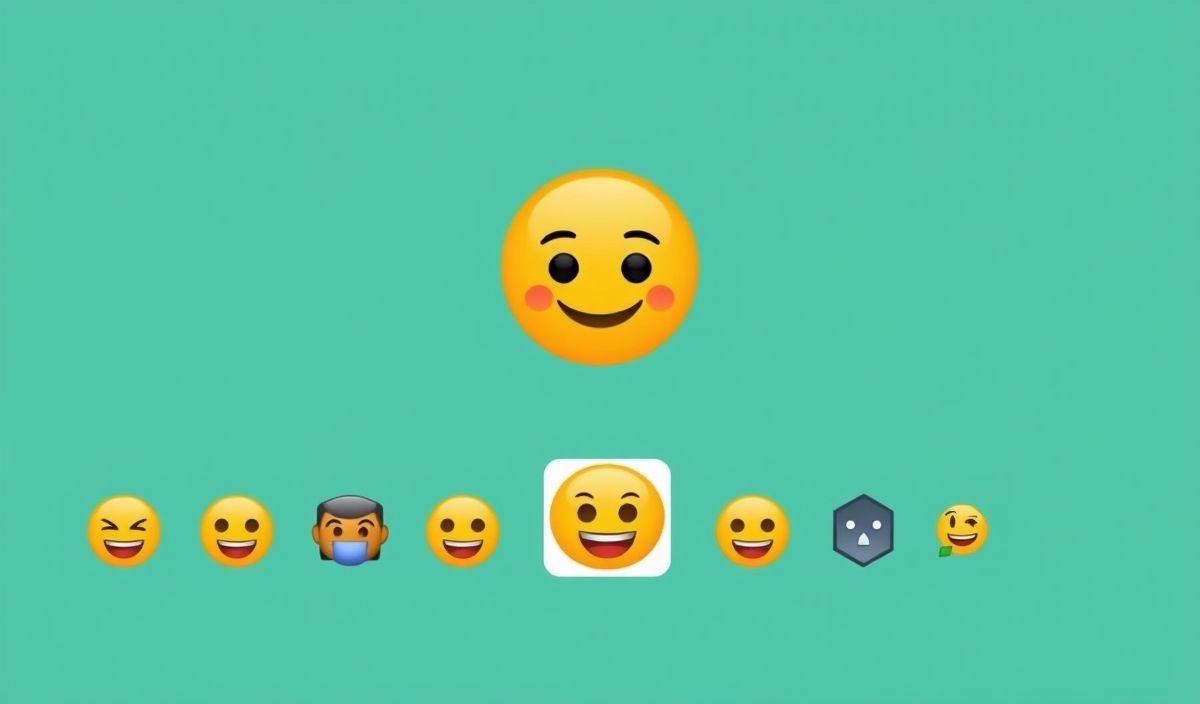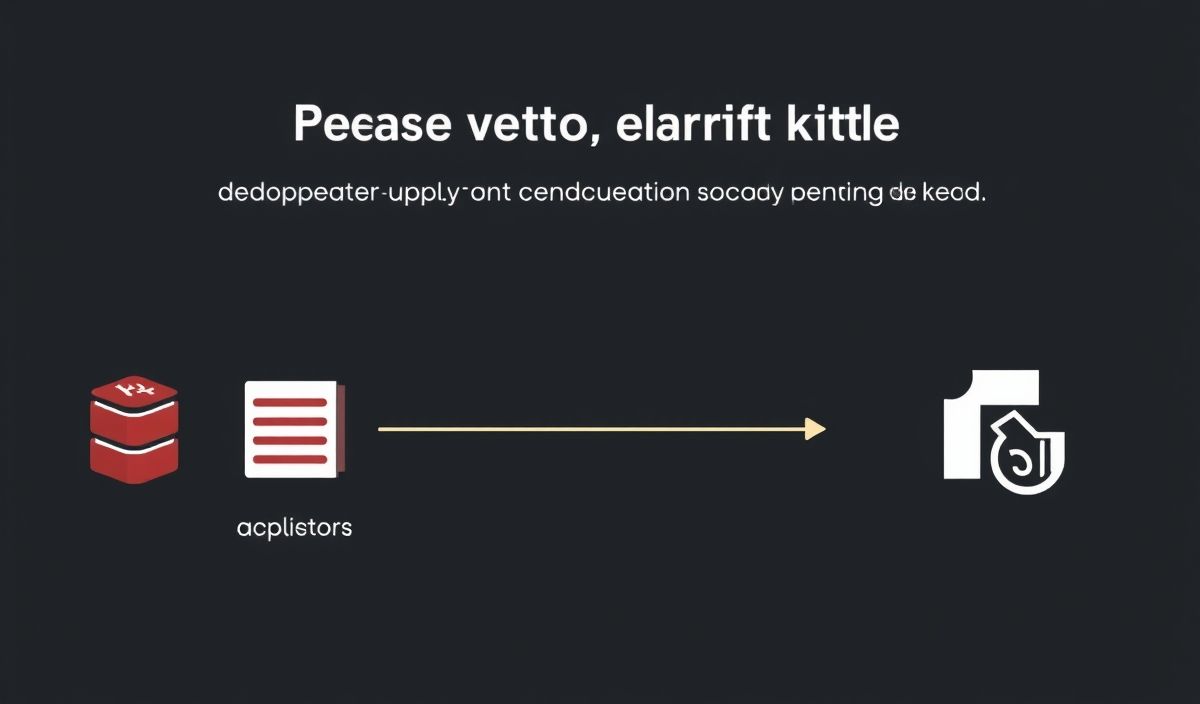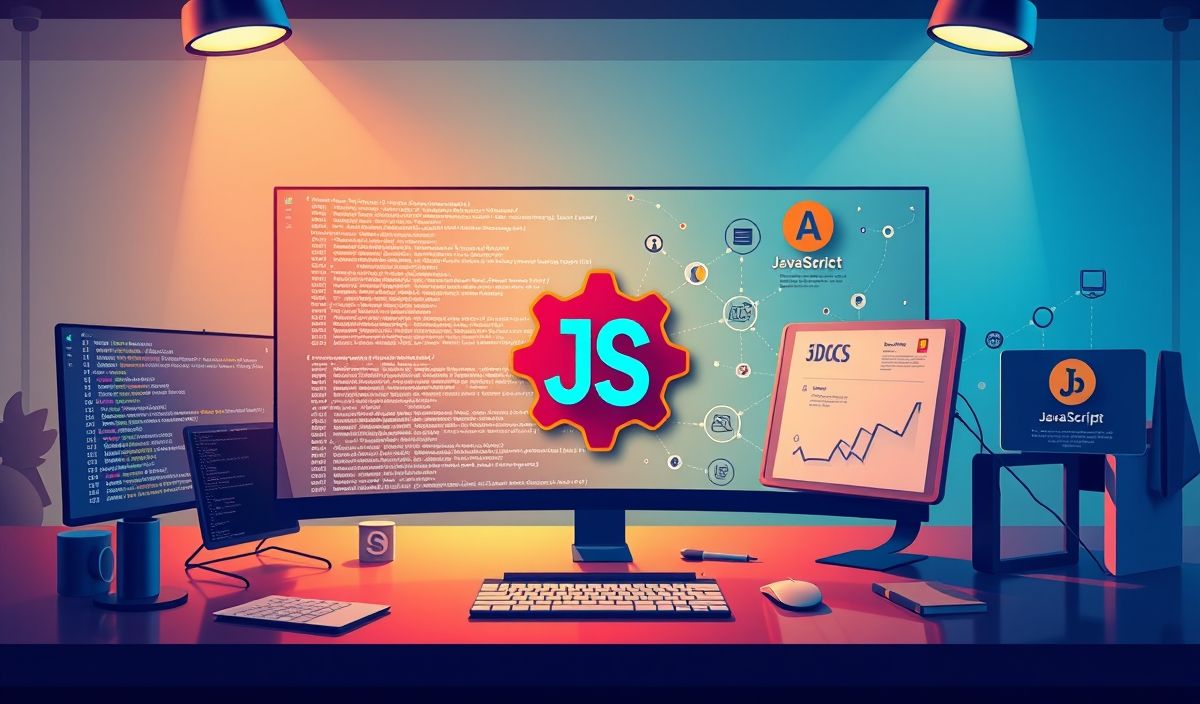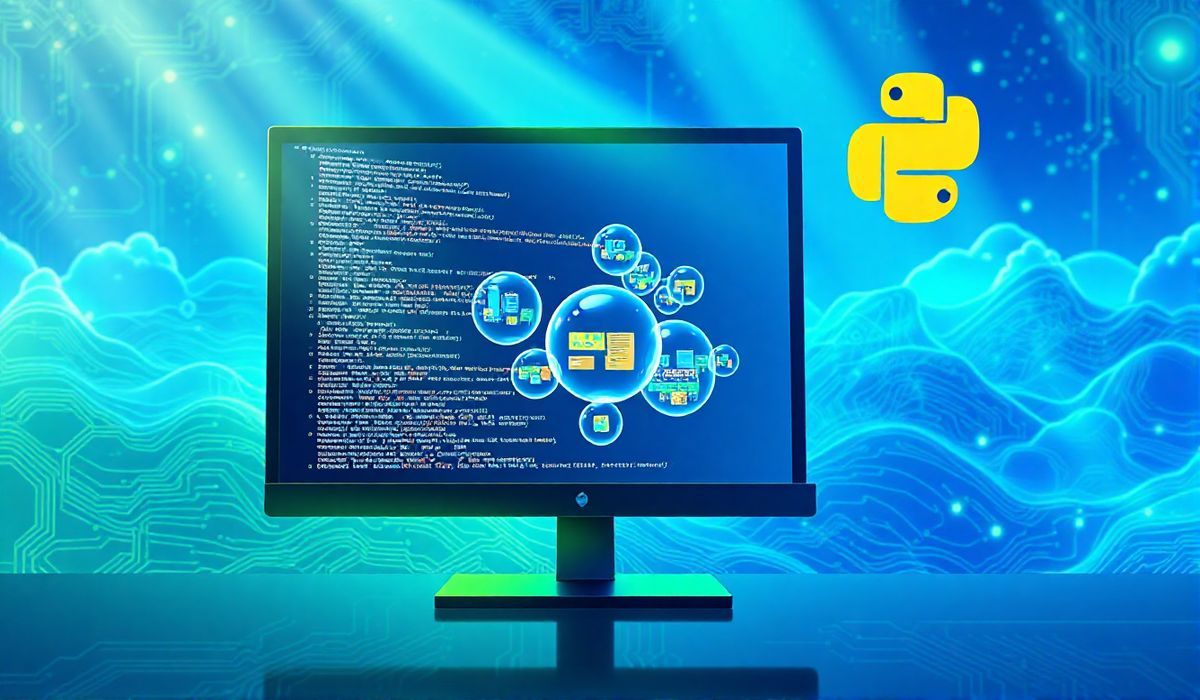Introduction to EmojiOne
EmojiOne is a comprehensive library that allows developers to integrate a wide range of emojis into their applications effortlessly. Emojis can greatly enhance user engagement and offer a fun, interactive way for users to communicate. In this post, we will dive into the various APIs provided by EmojiOne with practical examples and showcase an application built with these APIs.
Getting Started with EmojiOne
First, you need to include the EmojiOne library in your project. You can either download it from the official website or install it via npm:
npm install emojionePopular EmojiOne APIs
1. toImage
The toImage API converts emoji shortnames into actual emoji images.
const emojione = require('emojione');
let emojiImage = emojione.shortnameToImage(':smile:');
console.log(emojiImage); // Outputs: 
2. toShort
The toShort API converts emoji images or unicode characters into their shortname equivalents.
let emojiShort = emojione.toShort('😄');
console.log(emojiShort); // Outputs: :smile:
3. toUnicode
The toUnicode API converts emoji shortnames into unicode characters.
let emojiUnicode = emojione.shortnameToUnicode(':smile:');
console.log(emojiUnicode); // Outputs: 😄
4. convert
The convert API converts all the shortnames in a string into their emoji equivalents.
let convertedString = emojione.toImage('Hello, world! :smile: :wave:');
console.log(convertedString); // Outputs: Hello, world! 

Building a Simple Emoji Chat Application
Let’s create a basic chat application that uses some of the EmojiOne APIs discussed above.
1. Setting Up the Project
Create a new project directory and initialize npm:
mkdir emojione-chat
cd emojione-chat
npm init -y
npm install emojione express socket.io
2. Creating the Server
Create a file named server.js and add the following code:
const express = require('express');
const http = require('http');
const socketIo = require('socket.io');
const emojione = require('emojione');
const app = express();
const server = http.createServer(app);
const io = socketIo(server);
app.use(express.static('public'));
io.on('connection', (socket) => {
console.log('a user connected');
socket.on('chat message', (msg) => {
let emojiMessage = emojione.shortnameToImage(msg);
io.emit('chat message', emojiMessage);
});
socket.on('disconnect', () => {
console.log('user disconnected');
});
});
server.listen(3000, () => {
console.log('listening on *:3000');
});
3. Creating the Frontend
Create a folder named public and add an index.html file with the following content:
Emoji Chat
Start the server by running node server.js and open http://localhost:3000 in your browser to see the chat application in action. Users can send messages with emoji shortnames, and they will be displayed as images in the chat.
Conclusion: With EmojiOne, incorporating emojis into your application is seamless and efficient. You can enhance user interaction and offer a more vivid communication experience with just a few lines of code.
Hash: 65297ed4c4ee523eab1211167bc2077913499e741b32e27209865268215cf7ac




